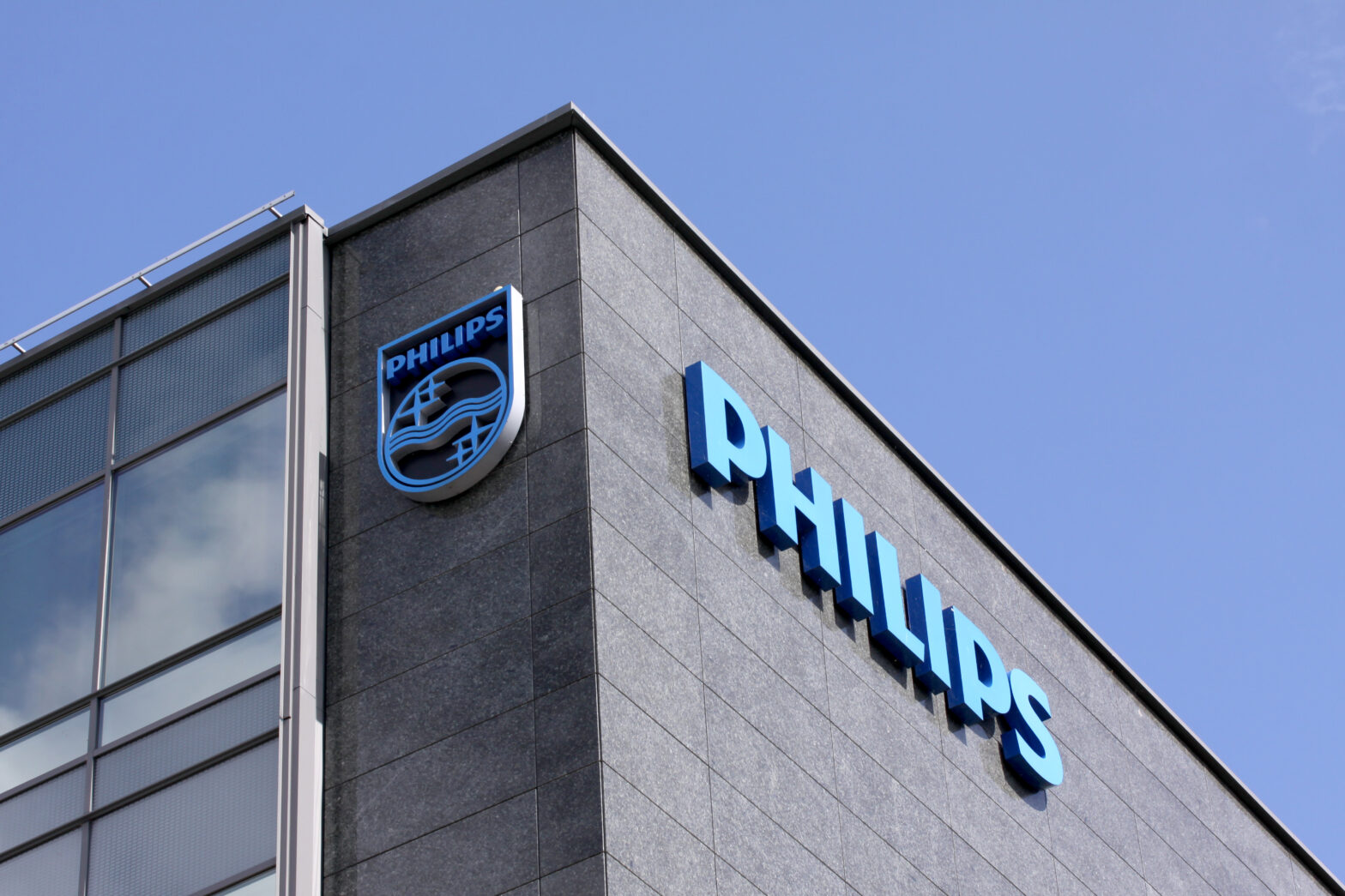How Philips has utilised smarter workforce planning for growth
- 3 Min Read
Philips, a leader in health technology, partnered with Workday to revolutionize its workforce planning and management, leveraging Workday’s Human Capital Management (HCM) and Adaptive Planning solutions.
- Author: Rachael King
- Date published: Feb 26, 2024
- Categories

Philips has a storied legacy of innovation, stretching back over 130 years, during which it has evolved from a diverse electronics company into a global leader dedicated to health technology.
With a vision to impact the health of 2.5 billion people by 2030, including a significant focus on underserved communities, Philips recognized the critical role of efficient and effective workforce management in realizing this goal.
The partnership with Workday emerged as a strategic initiative to overcome existing HR management challenges and empower Philips with the tools necessary to advance its global health mission.
Challenge
Philips’ transition towards a more centralized HR model with the adoption of the Ulrich model in 2007 marked a significant step in its efforts to streamline HR operations across its vast global workforce.
Despite this progress, Philips continued to grapple with the complexities of managing a diverse and dispersed workforce, hindered by outdated spreadsheet-based processes and the lack of a unified system for data consolidation and analysis. These challenges impeded effective workforce planning and decision-making, creating a critical bottleneck in Philips’ strategic operations and its ability to swiftly adapt to changing global health needs.
Implementation Strategy
The implementation of Workday’s solutions at Philips was meticulously planned and executed, with a focus on:
- People: Recognizing the fundamental role of user adoption and engagement, Philips and Workday prioritized change management and user training to ensure the system was embraced across the organization. This approach was rooted in understanding the diverse needs of Philips’ global workforce and tailoring the deployment to enhance user experience and efficiency.
- Process: Philips leveraged Workday’s flexibility to refine its HR processes, making them more responsive to the needs of the business and its employees. This involved reimagining workflows, enhancing collaboration across departments, and ensuring that HR processes were aligned with Philips’ strategic goals, especially in supporting its health technology initiatives.
- Systems: The technical implementation of Workday HCM and Adaptive Planning was executed with an emphasis on scalability, security, and integration capabilities. This ensured that Philips could not only manage its current workforce requirements but also adapt to future demands seamlessly. The system’s real-time data processing and analytics capabilities have been pivotal in providing Philips with the insights needed to make informed strategic decisions.
Results
The partnership between Philips and Workday has yielded significant benefits, transforming HR operations and contributing to Philips’ broader mission.
Key outcomes include:
- Global Standardization and Flexibility: Philips has achieved a global standard for HR practices, enhancing consistency and efficiency across the organization. This standardization has been balanced with the flexibility to accommodate local regulations and cultural differences, ensuring that Philips can respond effectively to diverse global needs.
- Data-Driven Decision Making: The adoption of Workday’s solutions has empowered Philips with real-time insights into its workforce, facilitating more strategic and timely decision-making. This capability has been critical in enabling Philips to navigate the complexities of global health challenges and respond with agility.
- Technological and Strategic Agility: Philips has capitalized on Workday’s continuous innovation, maintaining access to the latest technological advancements. This has not only enhanced Philips’ HR operations but also supported its strategic agility, allowing the company to adjust its workforce planning and management practices in alignment with changing global health priorities.









